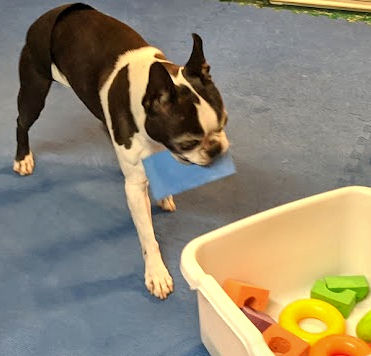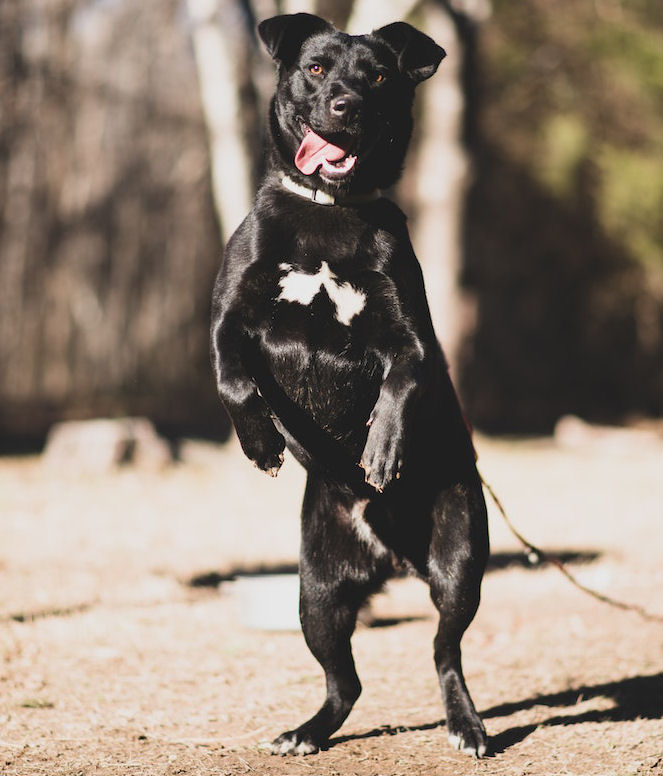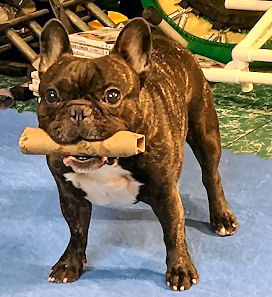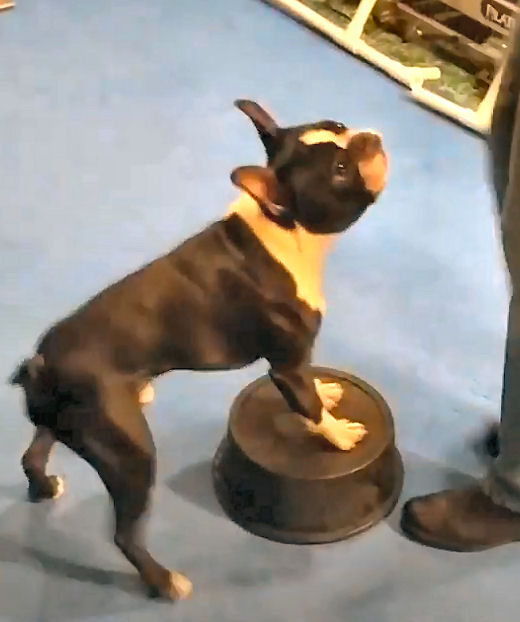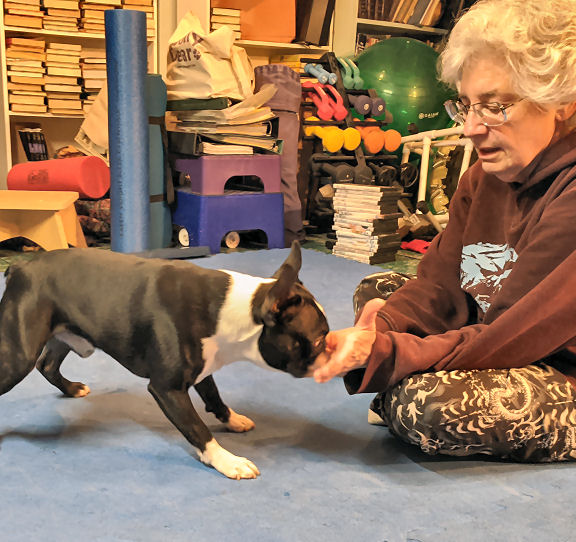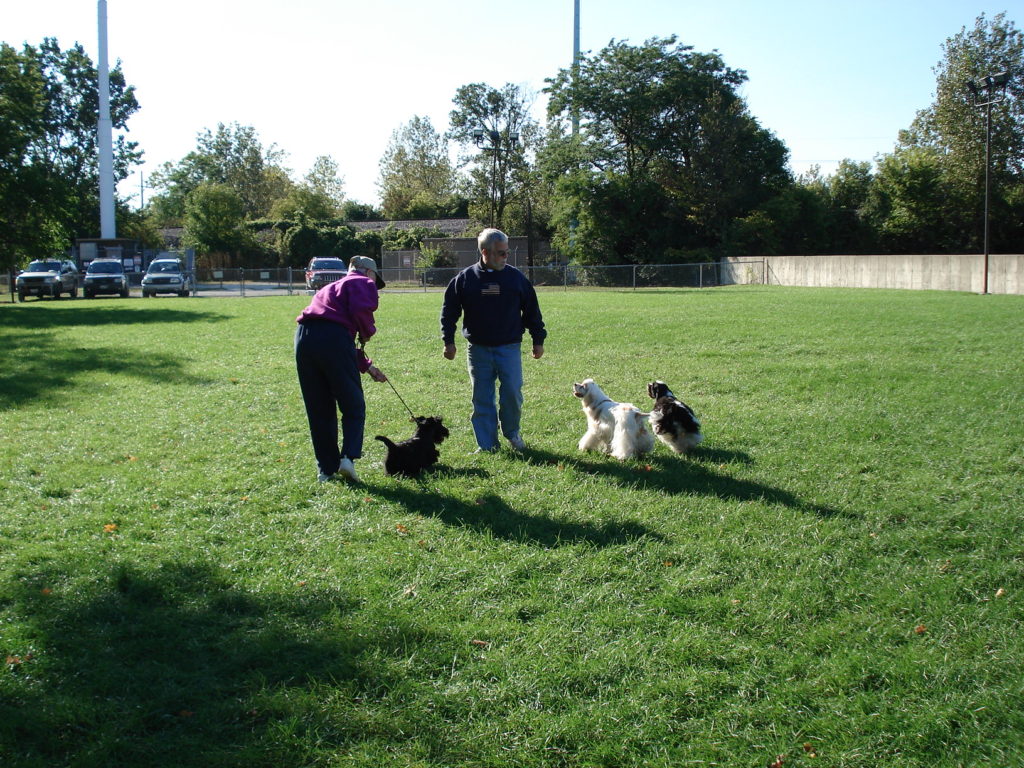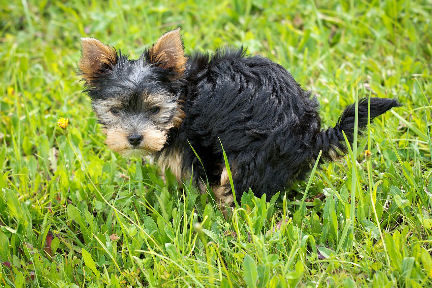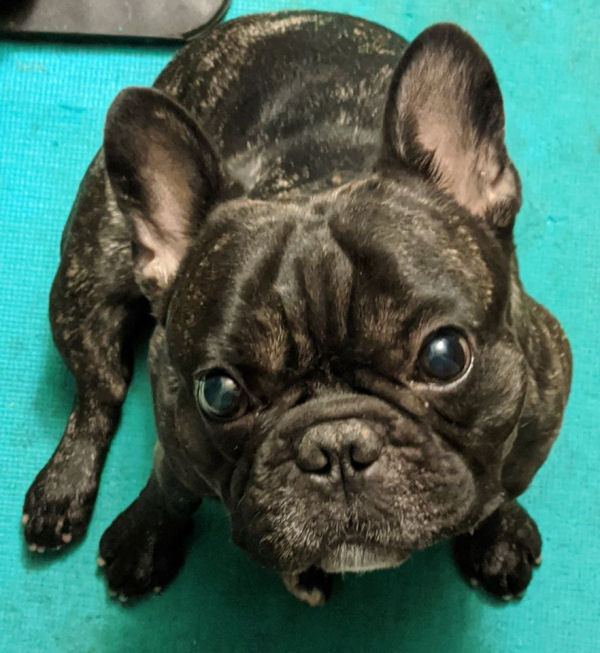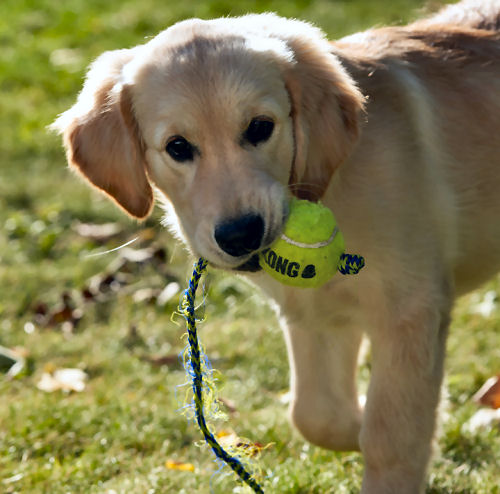“Drop It!” is one of the top three commands every dog should know. It can, potentially, save your dog’s life. We know – we have personal experience. The “Drop It!” dog training game is an important one to teach your pup early.
One day we had our dogs out in our own fully-fenced yard. Hope looks over to see her French Bulldog Dax chewing on something. Not good. Hope went over and told her to “Drop it!” Luckily, she did. It was a three-inch long stick of rat poison. Unfortunately, the sticks are about five inches long to start with.
It was a scary time, but getting the majority of the poison away from her, and a quick trip to the vet saved her life.
How did the poison get into our yard, you ask? It turns out that someone in the neighborhood used them in their own yard. The wildlife in the neighborhood – squirrels, birds, raccoons, opossums, skunks, etc.- didn’t know that only rats are supposed to eat them. They thought they’d discovered a bountiful feast and carried them all over the area. As far as we know, Dax was the only dog that found one. But we were cleaning up other animals for weeks.
Was it legal for our neighbor to do this? No, it wasn’t. Did we sue them to recover veterinary costs? Yes, we did. And won. However, no dollar amount would matter if our dog hadn’t recovered.
Teaching “Drop It!”
The first phase of “Drop It!” is relatively easy. It’s just trading toys with your dog. Start with a toy they like, but aren’t crazy about. You can either use two identical toys, or toys that have the same relatively low value. Play tug with your dog for a few seconds with one of the toys. Then hold the toy still while the dog is still holding it, and say “Drop It!” while you start moving the second toy with your other hand. The moment your dog releases the first toy to grab the other one, say “Good ‘Drop it!’” And play with the second toy – same procedure. That does it for the first “Drop It!” lesson.
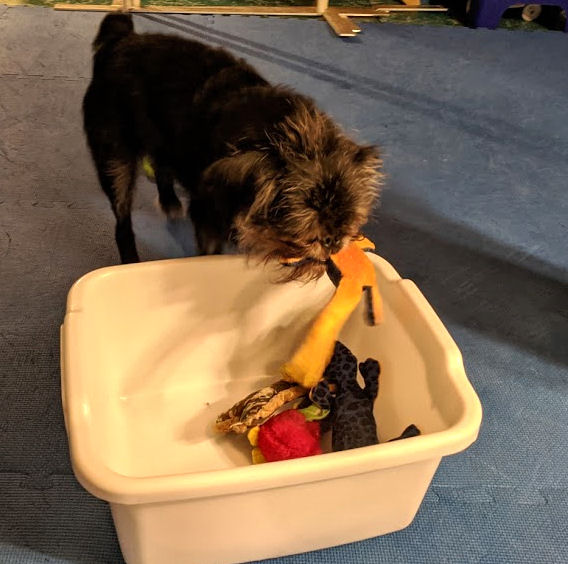
Dogs will be wary of letting go if they think that’s the end of the fun. As long as the game continues, the dog should be okay with swapping one fun thing for another. When it’s time to end the game entirely, rather than swapping, don’t ask for the “Drop it!” Instead, use something like “That’s all!” and offer an incredibly yummy treat.
Yes, we’re bribing the dog to do what we want. We’re okay with that. Until the dog understands the command, and will reliably do it, we use whatever positive means necessary to get the result we want. Taking away something valuable may cause dogs to guard it. And resource guarding can become a big problem.
Next step in “Drop it!”
To progress the “Drop It!” game, use a variety of different toys and/or treats, gradually introducing items your dog finds very valuable. It’s one thing to get a ball-loving dog to drop a rope toy. It’s another to get them to actually drop the ball.
If your dog is crazy about a certain toy, or kind of toy, be sure to have multiples of that identical item to teach drop it. Even the most well-trained dog may be reluctant to drop a cherished item. It may take a while to work up to the most valuable resources.
Go at your dog’s pace. If they don’t believe that the “other” item is as good as the one they have, they may not willingly obey the “Drop it!” Some dogs, like our own Booker, are more interested in the interaction with their people. The item doesn’t matter as much as the game.
Torque, on the other hand, prizes the ball above anything else. To him, having the toy is more important than the game. “Drop It!” is a persistent struggle for him, and when his better nature wins, he’s rewarded with even more time with his beloved ball. And if you’ve played the “Carry It” game with your dog, the “Drop It!” dog training game is the next logical, and important, step.
Know your dog
Knowing your dog’s personality and reward hierarchy is key. Stay with the less-valuable items as long as you need to build your dog’s trust in the game. Don’t make “Drop It!” the end of fun – reward with more time and use a different cue to end the game. You may even find that using a timer is beneficial. Your dog will learn that the “beep” of the timer signals the end of that game. Keep in mind that dogs love routine. If you always end the game when you hear the beep, your dog will know it’s time to go do something else.

